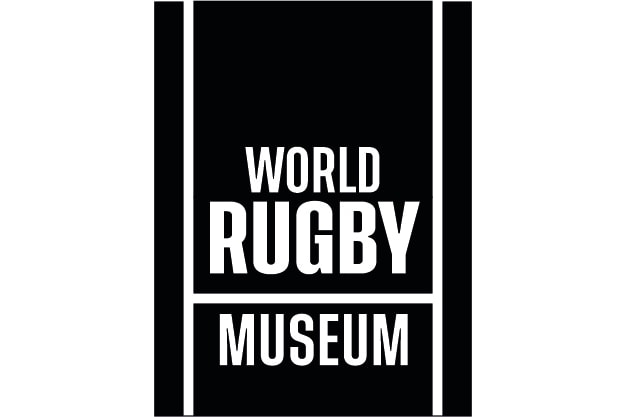As BBC drama SAS Rogue Heroes returns for a second series, we're looking at the story of Blair Mayne, the Ireland International rugby player who went on to be recruited into the Special Air Service.
Robert Blair Mayne was born in Newtownards, County Down in 1915. He attended Regent House Grammar School and was selected for the school XV. He developed as a tough second-row forward with Ards RFC and studied law at Queen's University Belfast.
Along with rugby, Blair played cricket and golf and his stocky build, height and long reach allowed him to become Irish Universities Heavyweight Champion boxer in 1936. The following year, at the age of 22, he was selected to play rugby for Ireland against Wales at Lansdowne Road in the final round of that year's Home Nations Championship.
A try early in the second half from AH Bailey, converted by Sam Walker, nudged Ireland into a 5-3 lead and Mayne was one of several Irish forwards whose tackling kept the Welsh backline at bay for the remainder of the match. Ireland finished the season in second place to England.
Ireland's first match of the 1938 season came against England at Lansdowne Road and Mayne retained his place. In a wind assisted game of two halves, England raced into a 23-0 half time lead. Ireland struck back with four second half tries, including one for Mayne who pushed over from a line-out. The damage was already done however, and England won an eleven try match 36-14.
Despite his try, Mayne was omitted from the next match against Scotland who defeated Ireland at Murrayfield in another high scoring contest. Scotland went on to claim the Triple Crown as Mayne was brought back into the Ireland side to face Wales in Swansea. A tighter defensive performance followed, but Wales won 5-3.








